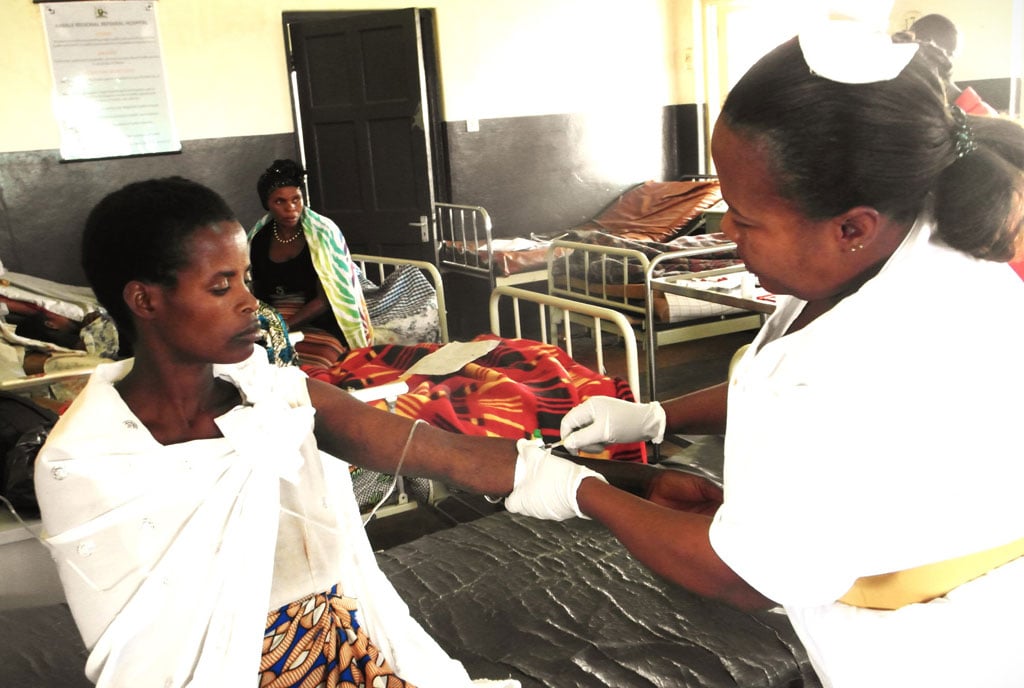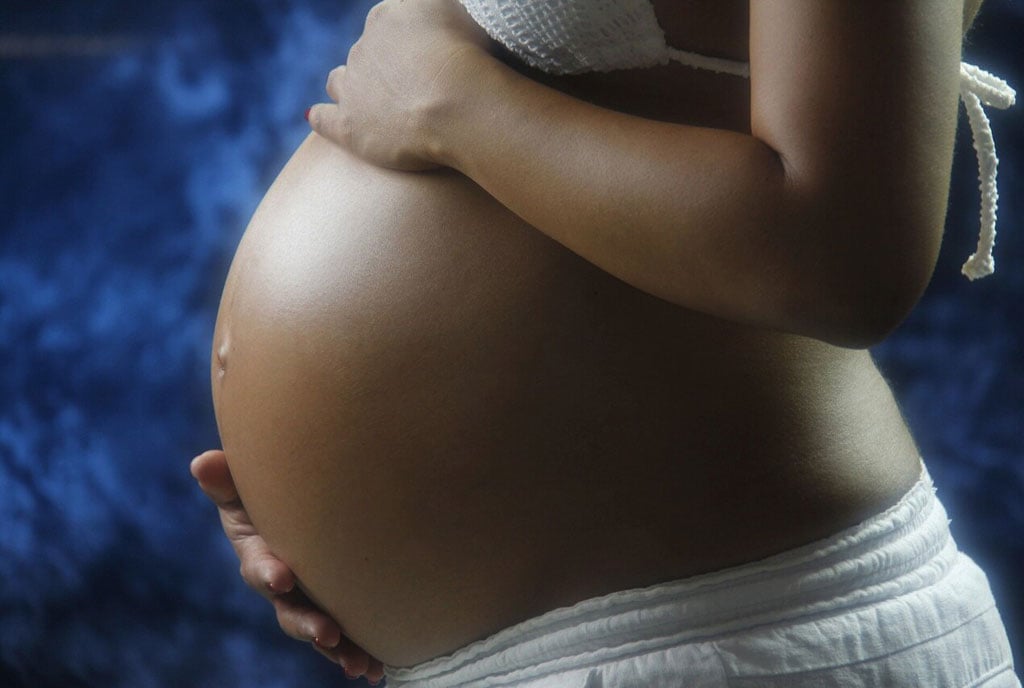
Sunday Ozera, a fistula patient, during the World Fistula Day in Namayingo last month. PHOTO/KARIM MUYOBO
Early this year, a young woman, Sunday Ozera, 30, received her ninth successful operation at Namayingo Health Centre IV, in Eastern Uganda, after battling with obstetric fistula for 12 years.
Ozera says it all started when she delivered her first baby in Arua, at only 17 years, and the baby died after birth.
“After two days, the catheter was removed, and immediately I started leaking mixed urine and stool, which continued for three months,” she says.
Ozera says: “I returned to the hospital for the second time after another three months, but still, I didn’t get cured. I have since done nine operations in districts, including in Arua, Masaka, and Nebbi.”
“While at home, I would just hide in the house. My husband abandoned me immediately after knowing about it, and I had to return to my mother’s house,” she tells Daily Monitor.
She says she was then advised by the medics at Pakwach Health Centre IV to return home and wait for three months for a fistula camp to be operated on.
“I was so discouraged by the lack of results from the surgeries. I lost my first and second husbands because of my condition. Now, I have a third husband who isn’t aware of my condition because it isn’t as severe as it was initially,” Ozera says.
Despite feeling better after her ninth operation, Ozera is still not fully healed and worries about losing her third husband.
The United Nations Population Fund (UNFPA) singles out obstetric fistula as one of the most serious and tragic childbirth injuries, and Ozera’s experience seems to confirm this.
“No man can stay with a woman who leaks, but the government should also put in more effort to sensitise people about this medical condition. The only person who has stayed with me all these years was my mother,” Ozera remarks.
“I think I got the condition because my womb was not ready to handle pregnancy, and I also carried the baby for a long time in my womb. I was so worried and I even contemplated suicide,” she reveals.
Ozera is one of thousands of women living with fistula in Uganda. The World Health Organisation (WHO) estimates that each year, obstetric fistula affects between 50,000 and 100,000 women worldwide, with more than 190,000 women and girls in Uganda affected.
Over the past two decades, UNFPA has supported 140,000 fistula repair surgeries in Uganda, with more than 12,000 women and girls receiving social reintegration support between 2018 and 2023.
Dr Ronnie Bahatungire, the commissioner of Clinical Service at the Ministry of Health, points out that teenage pregnancy is a key driver of obstetric fistula.
“The burden of fistula in Uganda stands at 1 percent of the reproductive age group. This is something we should be putting intentions to eliminate,” Dr Bahatungire says.
He highlights the ministry’s efforts to improve services by addressing challenges in specialised care and ensuring accurate profiling of maternal services across the country.
Dr Bahatungire also emphasises the importance of timely care to prevent risks to mothers and their babies.
“Let’s make sure that when a mother gets pregnant, we link her to care and start accessing antenatal care services,” he advises.
UNFPA reports that survivors still face gaps in timely response and endure significant pain. The recent Uganda Demographic and Health Survey 2022 notes a 44 percent reduction in maternal mortality, but the prevalence of fistula has remained unchanged at 1 percent over the past six years.
During World Fistula Day celebrations in Namayingo District, Ms Gift Malunga, the country representative for UNFPA, acknowledged Uganda’s progress but stressed that much work remains to eliminate fistula by 2030.
“Unfortunately, Uganda still has an unmet need for prevention and holistic fistula treatment (surgical repair and social reintegration and rehabilitation) and prevention. The estimated repairs of about 1,700 women annually have not yet addressed the annual deficit of pending new cases and the backlog. The estimated waiting time before surgery is about five years, which is 1,825 days of torture and discrimination for the woman with the condition,” Ms Malunga says.
“We should note that for every maternal death, there are 20 to 30 women that survive with life-changing complications, including fistula. Worse still, our young girls are particularly vulnerable, and one in every four teenagers is pregnant or has had childbirth before their bodies mature [and are ready to carry babies],” she adds.
Ms Malunga says fewer women are dying due to pregnancy-related causes. Nonetheless, the proportion of those suffering complications remains unchanged.
Ms Hilda Engilbertsdóttir, the head of mission, Embassy of Iceland, attributes the challenge to a lack of quality healthcare.
“Pregnant women need to have access to quality prenatal and antenatal care and be able to access emergency obstetrics. But prevention is also key,” she says.
About obstetric fistula
According to World Health Organisation (WHO), Fistula is a hole between the birth canal and bladder and or rectum, and caused by prolonged, obstructed labour.
Women who experience obstetric fistula suffer constant incontinence, shame, social segregation and health problems.
Preventing and managing obstetric fistula contribute to the Sustainable Development Goal III of improving maternal health.




